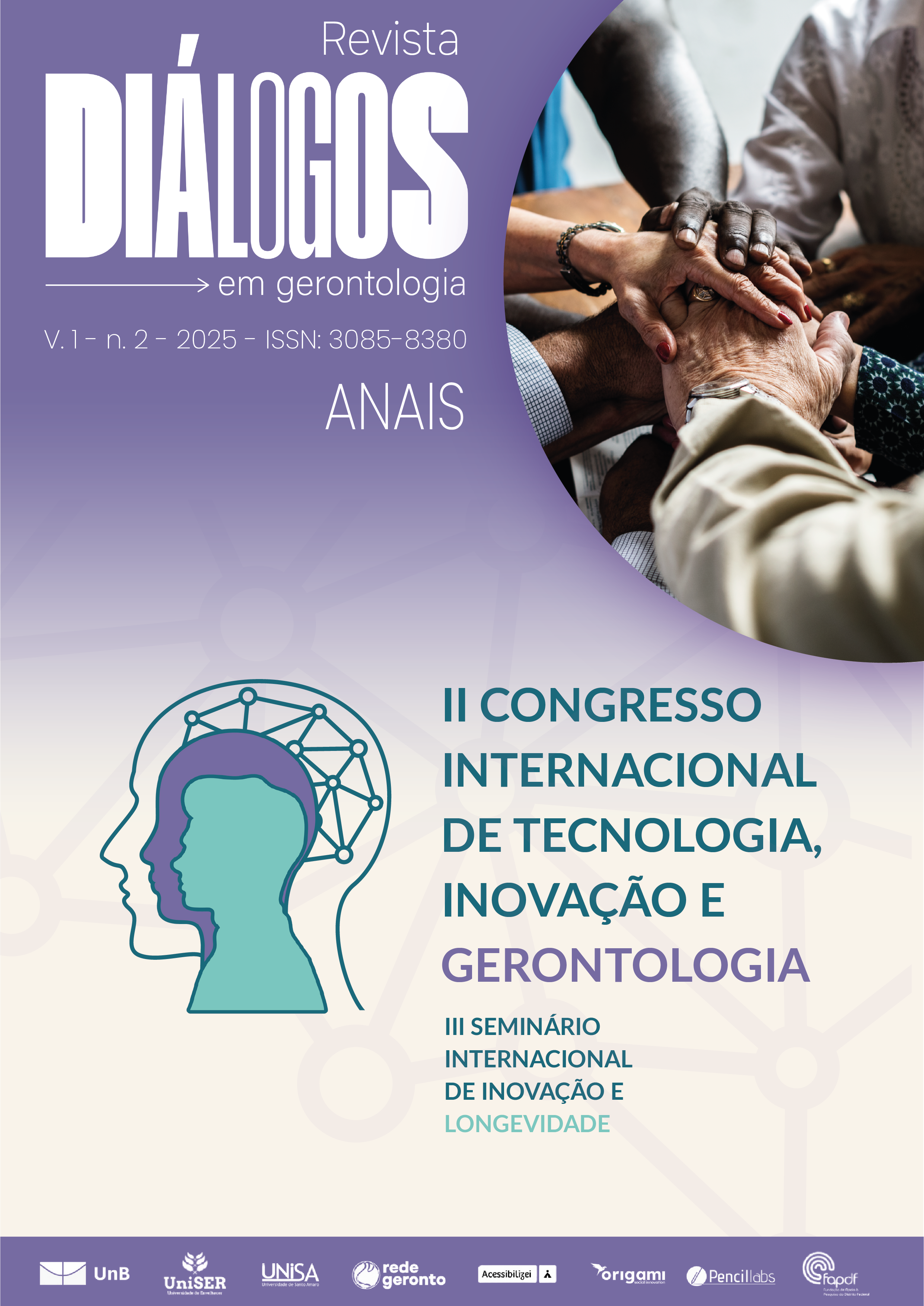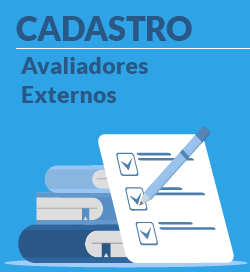TECHNOLOGICAL INNOVATIONS IN THE ANTHROPOMETRIC ASSESSMENT OF OLDER ADULTS: PERSPECTIVES FROM A BRAZILIAN STUDY
Resumen
Background: Following the COVID-19 pandemic, significant progress has been made in the development of software, devices, and equipment for the gerontogeriatric field. These technological innovations (TIs) have enhanced the work of various healthcare professionals, including nutritionists. Anthropometric assessment is a fundamental component of nutritional care, however, there remains a shortage of adapted technologies, particularly for anthropometry in older adults. When combined with technical-scientific knowledge, TIs can reduce healthcare costs and improve clinical outcomes. This study aimed to critically analyze a scientific article that discusses the current challenges in anthropometric assessment of older adults, presenting perspectives on the use of anthropometric equipment adapted for this population. Methods: This was a critical review based on an interpretative reading of the article “Nutritional assessment for the elderly: modern challenges” by Tavares et al. (2015), published in the Revista Brasileira de Geriatria e Gerontologia. The article was selected for its discussion of technological innovations (TIs) in anthropometric methods for the elderly and its publication in a nationally recognized journal in the field of gerontology. The study was selected following a search on the SciELO and VHL databases, using the descriptors “Nutritional Assessment,” “Anthropometry,” “Aged,” and “Gerontology,” combined with the Boolean operators AND and OR, and with filters applied in advanced search settings. Results: The analysis of the article highlights the importance of anthropometry in the assessment of older adults, recognizing it as a valuable tool for identifying health risks throughout the health-disease continuum. The authors emphasize the relevance of this type of assessment for public health, especially in the context of population aging, and advocate for methods more suited to the clinical and functional conditions of this age group. The study proposes a humanized approach that takes into account the physiological, social, and functional specificities of aging. Furthermore, it offers a critical discussion on the limitations of conventional anthropometric methods, which often overlook changes associated with aging, such as loss of height, postural imbalance, reduced mobility, dehydration, and edema, factors that can compromise the accuracy of measurements. As methodological alternatives, the authors suggest using adapted protocols, such as estimating height through arm span or knee height, particularly in bedridden individuals, wheelchair users, or those with postural impairments. The present study also underscores the importance of public policies that facilitate the acquisition and integration of anthropometric instruments capable of providing more accurate measurements within the Brazilian Unified Health
Background: Following the COVID-19 pandemic, significant progress has been made in the development of software, devices, and equipment for the gerontogeriatric field. These technological innovations (TIs) have enhanced the work of various healthcare professionals, including nutritionists. Anthropometric assessment is a fundamental component of nutritional care, however, there remains a shortage of adapted technologies, particularly for anthropometry in older adults. When combined with technical-scientific knowledge, TIs can reduce healthcare costs and improve clinical outcomes. This study aimed to critically analyze a scientific article that discusses the current challenges in anthropometric assessment of older adults, presenting perspectives on the use of anthropometric equipment adapted for this population. Methods: This was a critical review based on an interpretative reading of the article “Nutritional assessment for the elderly: modern challenges” by Tavares et al. (2015), published in the Revista Brasileira de Geriatria e Gerontologia. The article was selected for its discussion of technological innovations (TIs) in anthropometric methods for the elderly and its publication in a nationally recognized journal in the field of gerontology. The study was selected following a search on the SciELO and VHL databases, using the descriptors “Nutritional Assessment,” “Anthropometry,” “Aged,” and “Gerontology,” combined with the Boolean operators AND and OR, and with filters applied in advanced search settings. Results: The analysis of the article highlights the importance of anthropometry in the assessment of older adults, recognizing it as a valuable tool for identifying health risks throughout the health-disease continuum. The authors emphasize the relevance of this type of assessment for public health, especially in the context of population aging, and advocate for methods more suited to the clinical and functional conditions of this age group. The study proposes a humanized approach that takes into account the physiological, social, and functional specificities of aging. Furthermore, it offers a critical discussion on the limitations of conventional anthropometric methods, which often overlook changes associated with aging, such as loss of height, postural imbalance, reduced mobility, dehydration, and edema, factors that can compromise the accuracy of measurements. As methodological alternatives, the authors suggest using adapted protocols, such as estimating height through arm span or knee height, particularly in bedridden individuals, wheelchair users, or those with postural impairments. The present study also underscores the importance of public policies that facilitate the acquisition and integration of anthropometric instruments capable of providing more accurate measurements within the Brazilian Unified Health System (SUS), such as inelastic and flexible measuring tapes, non-slip digital scales with low platforms, and portable stadiometers. This proposal is justified by the finding that many health units still use equipment with low accuracy for older adults, compromising the quality of anthropometric assessment in this population. Conclusion: It is concluded that currently available anthropometric assessment equipment should be improved, and new devices should be developed, taking into account the specific physical and functional characteristics of older individuals. This is essential to ensure more accurate diagnoses in the nutritional assessment of this population and to enable their integration into the SUS environment.
Descargas
Publicado
Número
Sección
Licencia
Derechos de autor 2025 Revista Diálogos em Gerontologia

Esta obra está bajo una licencia internacional Creative Commons Atribución-NoComercial 4.0.
A Revista oferece acesso livre e imediato ao seu conteúdo, em consonância com o princípio de que tornar o conhecimento científico amplamente disponível contribui para a democratização do saber. Os(as) autores(as), ao submeterem seus trabalhos, declaram-se detentores(as) dos direitos autorais e autorizam seu uso livre, desde que sem fins comerciais, com obrigatoriedade de atribuição de crédito apropriado à autoria original. Os conteúdos podem ser lidos, baixados, copiados, distribuídos e impressos, conforme os termos da licença Creative Commons Atribuição-NãoComercial 4.0 Internacional (CC BY-NC 4.0).





